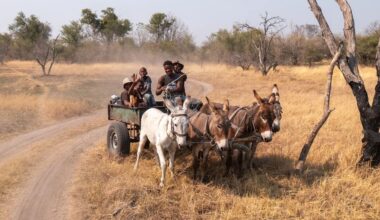The bison, often referred to as the American bison or buffalo, stands as a symbol of resilience, strength, and the vast landscapes of North America. Delve into these remarkable creatures through these fascinating facts.
Size and Appearance
Bison are colossal mammals, weighing up to 2,000 pounds (900 kg) and standing around 6 feet tall at the shoulder. Their iconic humped shoulders, massive heads, and shaggy coats contribute to their unmistakable appearance.
Historic Significance
A cornerstone of Native American culture and history, bison played a crucial role in the livelihoods and traditions of various indigenous tribes. They provided food, shelter, and materials for clothing and tools.
Conservation Success Story
From near extinction in the 19th century due to overhunting, bison populations have rebounded thanks to conservation efforts. Today, herds roam protected areas, symbolizing successful wildlife conservation initiatives.
Grazers of the Plains
Bison are herbivores, primarily feeding on grasses and sedges. Their grazing behavior significantly impacts grasslands, influencing plant diversity and the ecosystem.

Social Structure
Bison live in herds, led by a dominant bull. These herds often consist of cows, calves, and younger bulls. During mating season, males engage in impressive displays of dominance to win the right to mate.
Habitat and Range
Historically, bison roamed the Great Plains in vast numbers, shaping the landscape. Today, they inhabit national parks, reserves, and private ranches, adapting to various ecosystems.
Role in Ecosystems
Their grazing behavior not only influences plant diversity but also impacts other species. Bison wallowing and grazing patterns create habitats for smaller animals and support diverse ecosystems.
Symbolism and Cultural Significance
Bison are emblematic of strength, freedom, and resilience in various cultures. Their image is often associated with the American West and serves as a symbol of wildlife conservation.
Conservation Challenges
Despite their rebound, bison still face threats, including habitat loss, disease, and competition with livestock. Conservationists strive to mitigate these challenges to ensure their long-term survival.
Tourism and Education
Bison draw tourists to national parks like Yellowstone, offering opportunities for wildlife viewing and educational experiences, highlighting the importance of conservation efforts.
Bison, with their historic significance, ecological impact, and symbolism, stand as guardians of the American landscape. Their resilience and the successful conservation efforts to preserve their populations serve as a testament to the importance of wildlife conservation, ensuring these magnificent creatures continue to roam the plains for generations to come.










